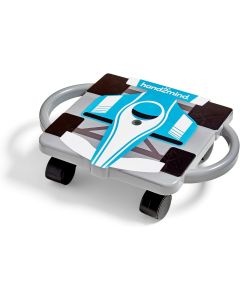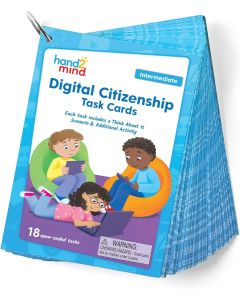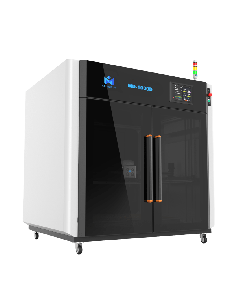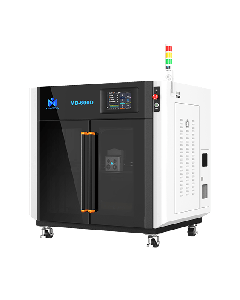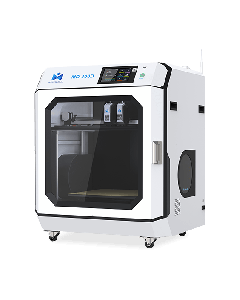We use cookies to make your experience better. To comply with the new e-Privacy directive, we need to ask for your consent to set the cookies. Learn more.
Renewable Energy Science Education Kit 2.0
Manufacturer ID -FCJJ-37
The Renewable Energy Science Kit demonstrates the workings of a clean energy technology system on a miniature scale. Power an electrical circuit by solar panel or a wind turbine with profiled blades based on NASA aeronautics.
Renewable Energy Science Kit - product overview
The Renewable Energy Science Kit demonstrates the workings of a clean energy technology system on a miniature scale. Power an electrical circuit by solar panel or a wind turbine with profiled blades based on NASA aeronautics. Generate hydrogen through water electrolysis and convert it into electricity using a PEM fuel cell. Whichever combination of technologies you want to explore, this science kit is a comprehensive introduction to the principles behind renewable microgrids.
Renewable Energy Education
Renewables are revolutionizing not only the energy industry as we know it, but also science classrooms across the world. Alternative technology is an opportunity to open kids’ eyes to a whole new world of scientific discovery as well as teach fundamental principles in a new way. Let’s take a look at just some of the advantages of integrating renewable technology into the curriculum.
Full PBL unit on clean power generation includes an exploration of the environmental eff ects of atmospheric carbon dioxide.
Hands-on activities center on complementary attributes of diff erent renewable energy sources.
Complete student and teacher materials for up to 10 class periods of activities.
Today’s Technology
Major industrial nations already source an enormous amount of their energy from renewables, with countries like the UK and Germany generating as much as 15% of their power needs with alternative technology. Energy grids of major cities are now supported by localized micro grids and smart grids using renewables. Then there are major automotive companies like Hyundai, GM and Toyota, as well as smaller innovators like Arcola Energy, creating hydrogen fuel cell hybrid and electric cars. Both the EU and US states such as California are investing in a comprehensive renewable refueling station infrastructure, while telecoms in India look to renewables to provide more reliable power generation. Renewables are all around us and becoming an increasingly important part of our lives—what better way to illustrate the direct relevance of science to the real world.
Experiments
Experiment 1: Use a solar panel to power the LED module
Experiment 2: Use the solar panel to power the small fan/wheel motor module
Experiment 3: Preparation of the electrolyzer module and solar powered hydrogen production
Experiment 4: Using a PEM Fuel Cell to power the LED module
Experiment 5: Using a PEM Fuel Cell to power the small electric fan module
Experiment 6: Using a PEM Fuel Cell to power the samll car wheel module
Experiment 7: Using a PEM Fuel Cell to power the small fan/wheel motor and the LED module in parallel
Experiment 8: Using a wind turbine to power the LED module
Experiment 9: Preparation of the elecrolyzer module and wind powered hydrogen
Experiment 10: Using the battery pack to perform electrolysis (in case of no sun or wind)
Teach Key Principles
Teaching renewable energy not only opens up a whole new world of energy generation, but also introduces some basic scientific principles. Renewable technology is a practical example of the principle of energy conversion, taking energy from the wind or sunlight and converting it into electrical energy or storing it as hydrogen. Connected to this is the principle of energy conservation— renewables are a great opportunity for students to measure energy loss as it is converted and stored. Then there’s the classic electrical circuit, Horizon education kits contain propellers and LEDs to demonstrate the effectiveness and efficiency of power generated from renewables.
Inspire
Wind turbines, solar panels, fuel cells and all the equipment involved in teaching renewable science naturally capture the imaginations of young minds. Students can experiment with the effects of shade on solar panels, measure wind resistance on turbine blades, try out different kinds of fuel cell to see which is the most efficient and compare metal hydrides with hydrogen generated from water electrolysis. The experiments are directly practical, involve fascinating, engaging technology while still teaching those key electrochemical principles.
Renewables are a multi-faceted tool for science teachers. They are Ideal for getting young minds excited about science, more interesting and versatile for science teachers to create engaging lessons and directly relevant to the technology innovations happening all around us. In the quest to inspire the next generation of physicists and chemists, renewable energy science equipment is a great place to start.
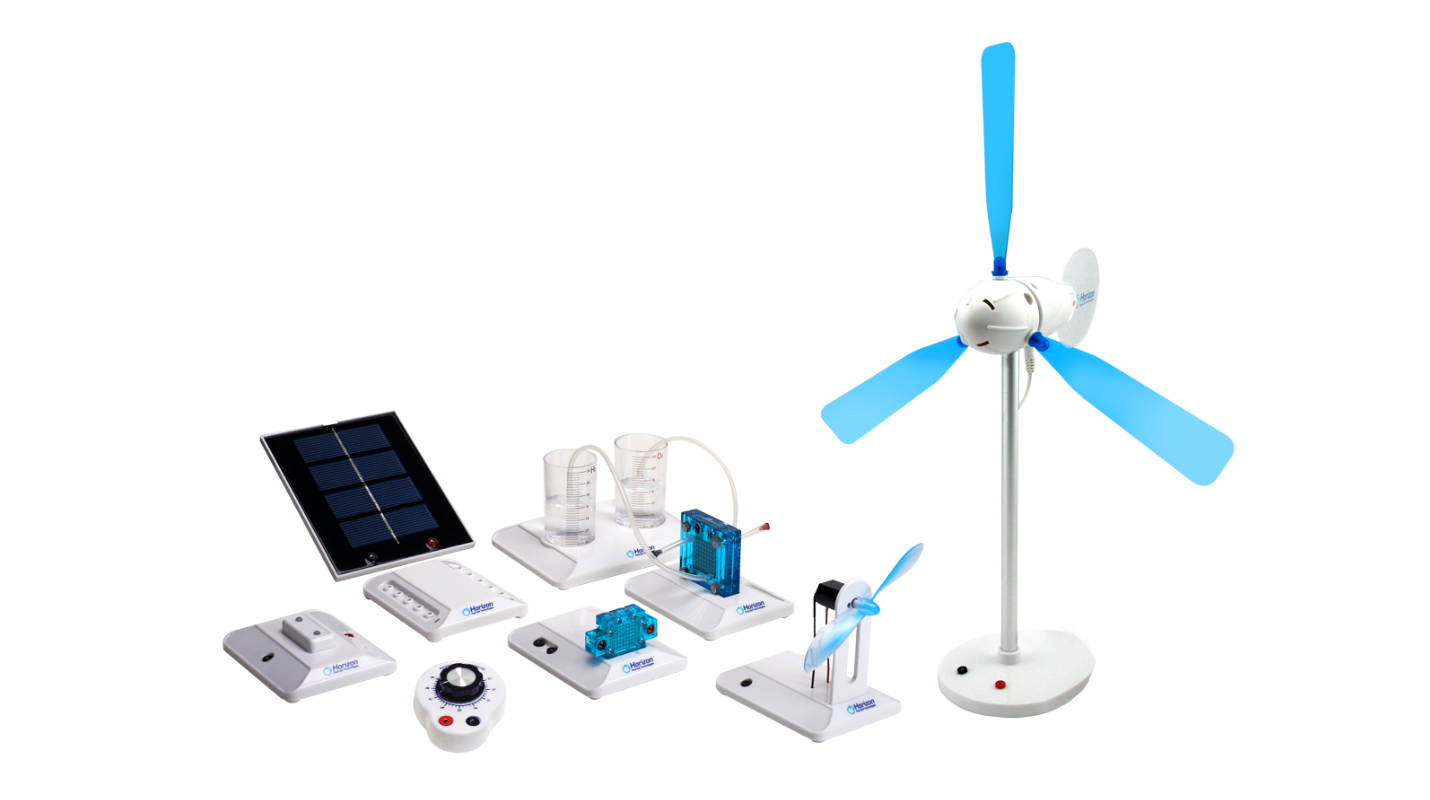
Curriculum
What is included in the horizon energy curriculum? The lab equipment is just the beginning. We’ve built the horizon energy curriculum to provide teachers with multiple resources for engaging their students.
Materials provided
- Hands-on Lab Activities
- Teacher's Guides
- Student's Guides
Concepts covered
 Chemistry Concepts
Chemistry Concepts
Electrolysis, Energy, Hydrogen Generation, Reaction Rates, Reaction Yield, Reactions, Redox Reactions, Semiconductors, Stoichiometry
 Physics Concepts
Physics Concepts
Angular velocity, Classical Mechanics, Efficiency, Electric Circuits, Energy, Ohm's Law, Parallel Circuits, Power (Electric), Rotational Mechanics, Series Circuits
 Earth Science Concepts
Earth Science Concepts
Climate Change, Renewable Energy, Human Impacts
Downloads
Datasheet
User Manual
Teacher's Guide
Curriculum
Renewable Energy Science Kit - FAQ
1. The water levels do not drop when the gas outlet tubes on both sides of the fuel cell are unplugged.
Check whether the holes on the wall of the inner cylinder are blocked. If so, turn the inner cylinder until water enters the holes and fills up the inner cylinder.
2. The reversible fuel cell does not produce hydrogen and/or oxygen.
Check whether the wires are appropriately connected, and whether there are any loose connections. The fuel cell could be completely destroyed if the red wire of the battery pack is connected to the blackjack of the fuel cell.
3. The water electrolysis process slows down.
Inject water to the oxygen side of the reversible fuel cell by using the syringe and wait for about 3 minutes.
Replace the old batteries with new one in the battery pack.
4. The motor does not run while there is hydrogen left in the inner container.
Unplug the black pin of the short tube on the reversible fuel cell and quickly attach the pin back to the tube to purge out impure gases. You should then see the motor beging to turn again.
5. No hydrogen is produced using the wind turbine outdoors.
If the wind speed is not sufficient electricity will not be created. Use a common desk fan with faster wind speed to perform the electrolysis using the reversible fuel cell, or conduct the experiment under sufficient wind conditions.
Kit Content
- Wind turbine body
- Rotor head for profiled blades
- 9 profiled blades for turbine
- Rotor head adapter for sheet blades
- 3 polypropylene sheet blades for turbine
- Rotor unlocking tool
- Turbine Support base
- Aluminum wind turbine post
- PEM Electrolyzer
- PEM Electrolyzer base
- PEM Fuel cell
- PEM Fuel cell base
- Hydrogen tank
- Oxygen tank
- Inner Gas containers
- Circuit board module base
- 100 ohm Variable Resistor module
- 1 Watt Solar panel
- Adaptors, tubing clincher & purging valve
- Assembly instructions
- CD with curriculum manuals
- Water/gas tank module base
- Flexible 2mm banana connecting leads
- Transparent silicon tubing
- Plastic plug pins for electrolyzer
- Battery pack with connecting leads
- Syringe
| Brand | Horizon Educational |
|---|---|
| Manufacturer No | FCJJ-37 |
| Type | Science Kit |
Customer Reviews
of customers recommend this product




